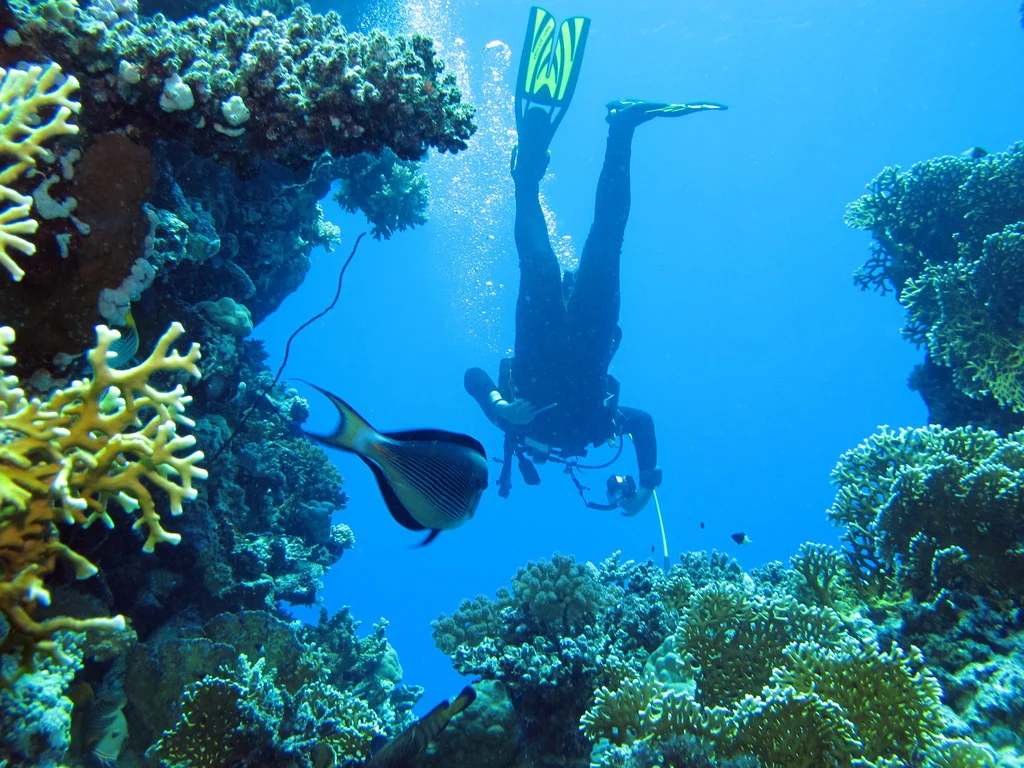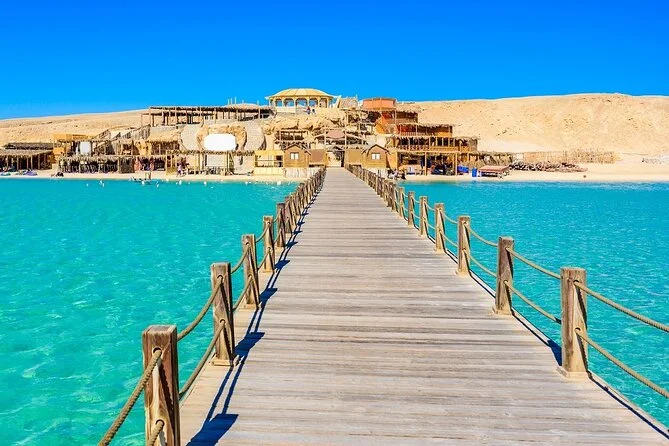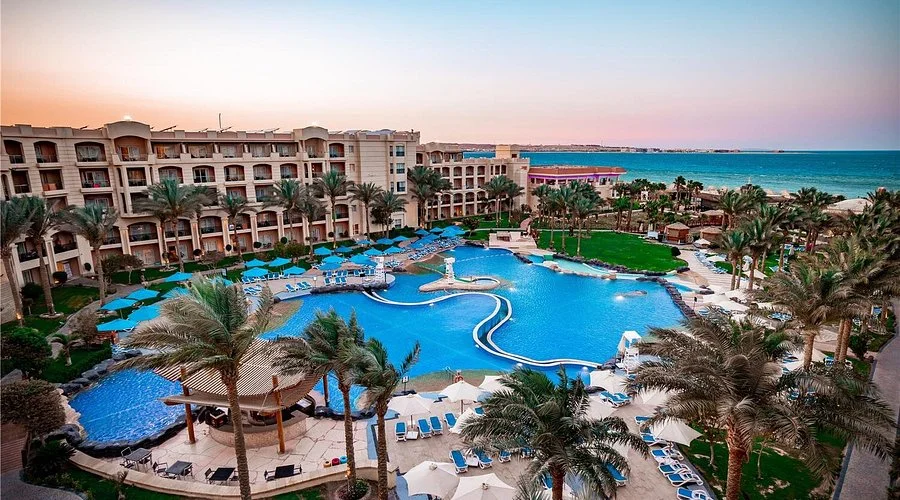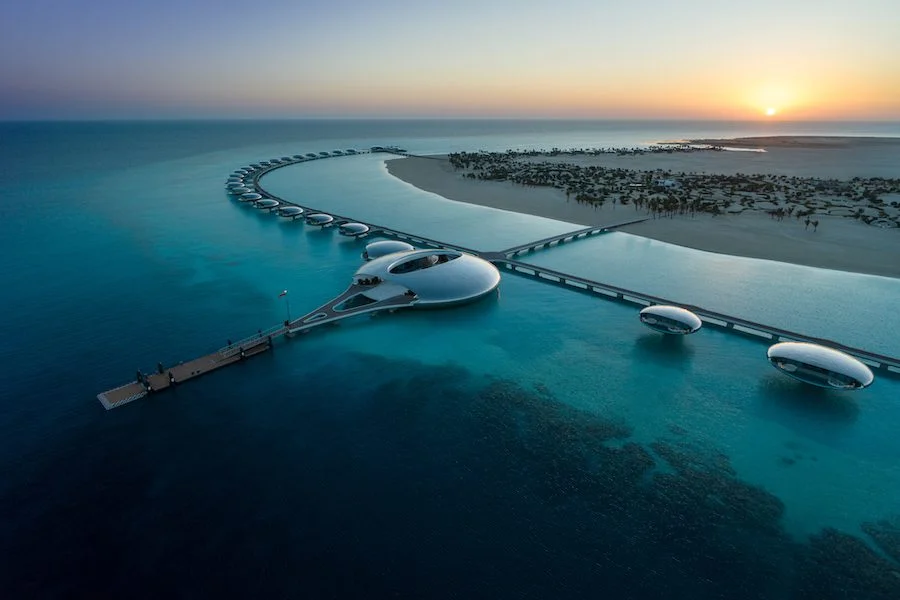Scuba Diving Hotspots and 2025’s Emerging Red Sea Sites
Quick Summary: A diver’s guide to Egypt’s classic Red Sea icons and the newer, lesser-known sites drawing attention in 2025. Expect 20–40 m visibility, warm water, drift walls, and wrecks. Best for certified divers, with options for beginners on sheltered reefs.
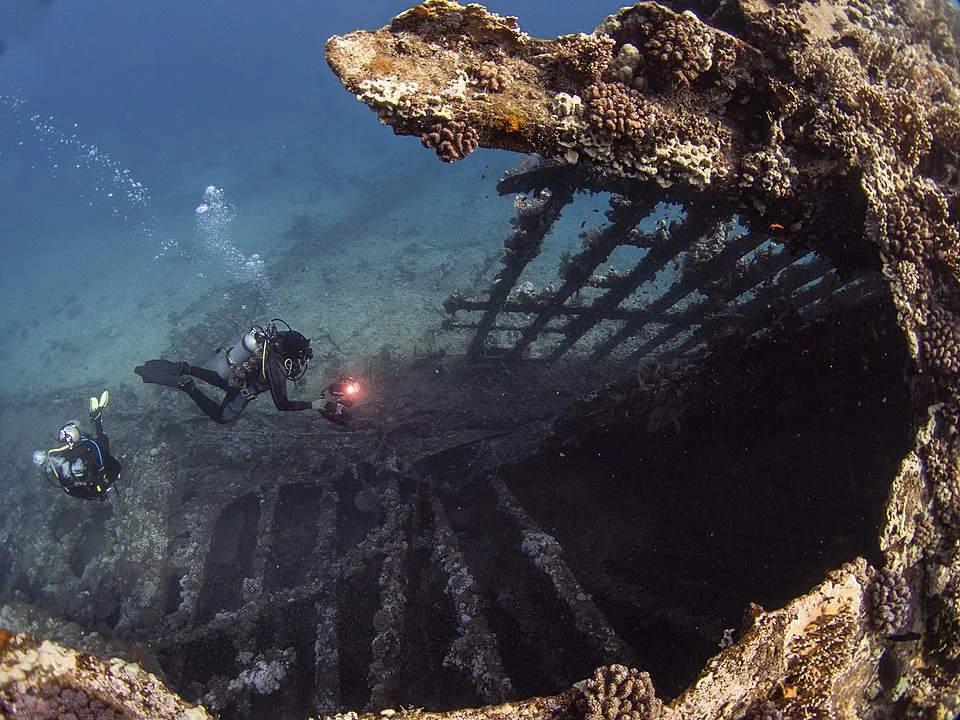
At dawn the water lies glassy, a sheet of cobalt stretching to the horizon. Tanks clink, a deckhand hums, and sun fingers spill into the blue. A giant stride later, anthias swarm, soft corals glow, and the famous Red Sea clarity turns depth into theater.
What Makes This Experience Unique
Few destinations combine warm temperatures, dramatic topography, and close logistics like Egypt’s Red Sea. From iconic wrecks to drifts along living walls, dives stack easily into a single week. During our March 2025 scouting dives, we measured 25–26°C water at 15 m with 30 m visibility, and consistent, manageable currents on exposed points.
Where to Do It (Multiple Locations)
For history and current-swept drama, base in Sharm El Sheikh. Advanced divers target the Thistlegorm, a WWII cargo ship resting around 30 m with trucks, bikes, and ammunition still in place. Ras Mohammed’s walls often add 0.5–2 knot drifts, schooling jacks, and seasonal snappers.
If pelagic edges call, Marsa Alam delivers with Elphinstone Reef: sheer drop-offs beyond 70 m, soft coral gardens, and the fabled blue where oceanic whitetips sometimes patrol in autumn. Sheltered meadows at Abu Dabbab add turtles and seagrass macro for easy second dives.
Hurghada and nearby Safaga reward with fringing reefs, pinnacles, and playful drift routes. Day boats reach Giftun in 45–60 minutes, making it simple to stack two or three varied profiles in a day. Dahab favors shore-accessed classics—canyon and chimney topography—suited to divers who like unhurried entries and long, controlled bottom times.
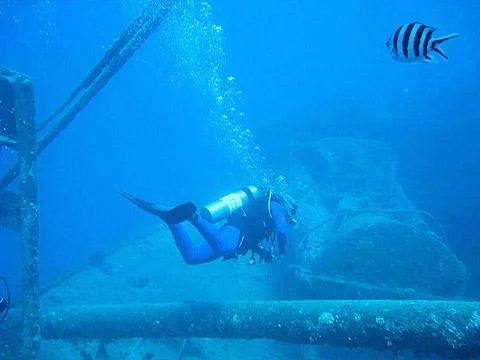
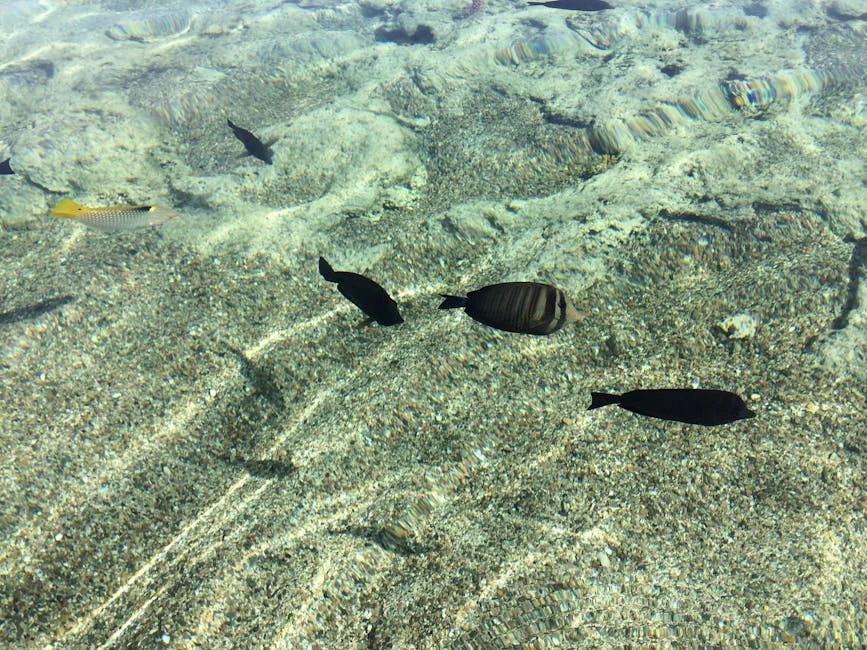
Best Time / Conditions
Diving is year-round. Expect 22–24°C water in January–March and 27–29°C in July–September. Winter brings breezier seas but excellent visibility; summer offers calm surfaces and warmer thermoclines. Early boats often beat wind and crowding. Autumn (October–November) is prized in the south for pelagic chances at offshore reefs.
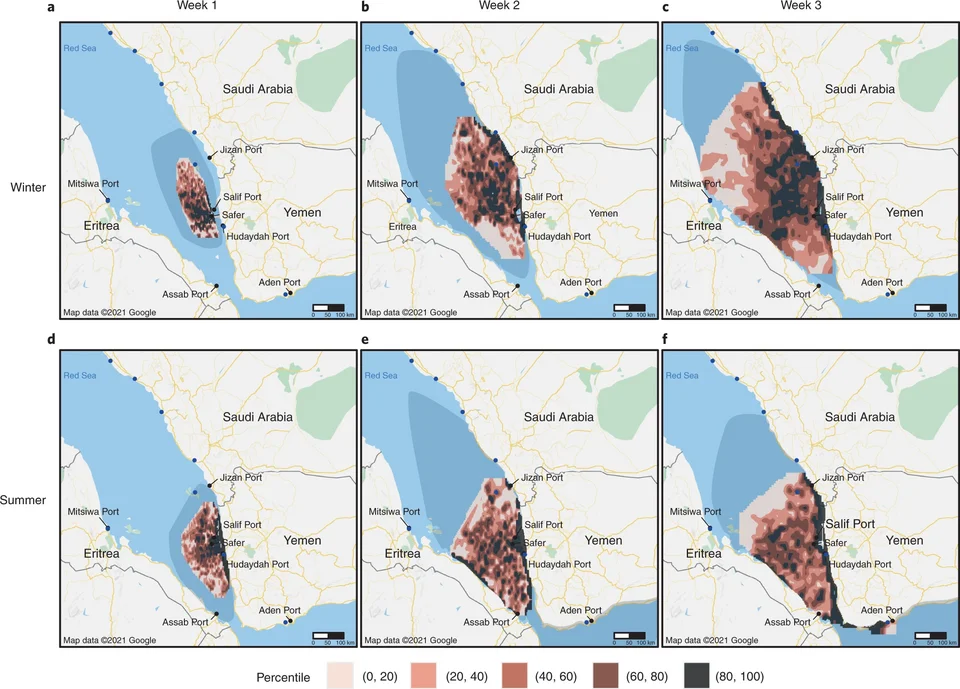
What to Expect (Practical Details)
Typical day boats run two or three dives with hot lunches and shaded decks. Profiles often start with a 25–30 m drift or wreck, then a 12–18 m reef. Nitrox is widely available and valuable on repetitive days. Bring a DSMB; many exits are mid-water. Expect 20–40 m visibility, stronger currents at headlands, and boat traffic near harbors.
Who This Is For
Certified beginners enjoy sheltered bays and seagrass meadows with turtles. Photographers love bright soft corals and predictable light. Wreck fans gravitate to cargo holds and machine rooms. Experienced divers find challenge on exposed plateaus, blue-water safety stops, and current-swept corners where schooling fish and trevallies stack in the flow.
Booking & Logistics
Fly into Hurghada for central-north reefs or Marsa Alam for southern blue. Reputable operators include Emperor Divers, Camel Dive Club, and Red Sea Diving Safari. Day boats suit mixed-experience groups; liveaboards maximize range for offshore walls. Compare itineraries and certification requirements via curated diving trips to match skills with sites.
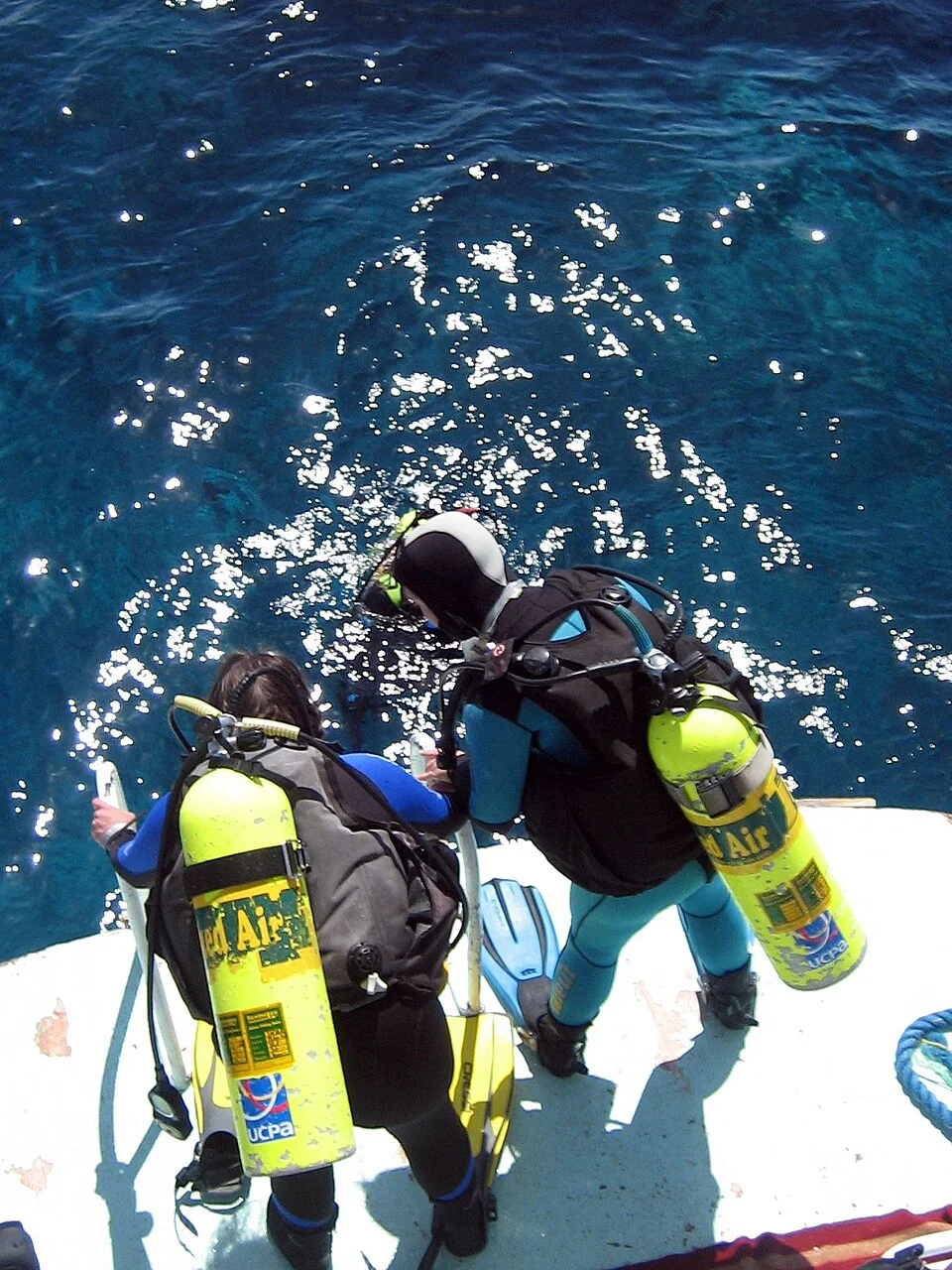
Sustainable Practices
Choose boats that use mooring buoys, brief neutral buoyancy, and prohibit glove use. Pack reef-safe sunscreen and a compact trash pouch. Keep distance from turtles and dolphins; let encounters unfold on their terms. Log invasive species sightings and coral health with your guide—several Red Sea teams now integrate light monitoring dives into weekly schedules.
FAQs
Is the Thistlegorm suitable for Advanced Open Water divers?
Yes, for Advanced Open Water with recent experience at 30 m and solid buoyancy. Expect currents on lines, overheads in cargo holds, and crowds at peak times. Go early, use nitrox if certified, and follow a guide who knows the layout so you can navigate safely without stirring silt or exceeding limits.
Can beginners see big animals without doing extreme dives?
Absolutely. While oceanic whitetips at Elphinstone are for experienced divers in season, beginners commonly meet turtles on shallow reefs and may encounter dolphins on outer reef snorkels. Choose calm bays, stay with your group, and plan progressive depth and drift exposure over several days to build confidence responsibly.
What wetsuit should I pack for 2025–2026?
Pack a 5 mm full suit with hooded vest for winter and shoulder seasons when water can be 22–24°C, and a 3 mm for summer highs of 27–29°C. Photographers and those doing three dives daily often feel the chill; layering adds flexibility. Bring booties for grip on ladders and rocky shore entries.
Whether you’re finning past motorcycles in a shadowed hold or drifting over soft-coral ledges into blue infinity, Egypt’s Red Sea still sets the bar for accessible adventure. When you’re ready to pair reefs with respectful wildlife encounters, browse curated natural and wildlife tours that complement your dive days.
✅ Readability: Grade 8–10